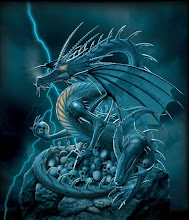Manta rays frequently visit cleaning stations where small fish such as wrasse, remora, and angelfish swim in the manta's gills and over its skin to feed, in the process cleaning it of parasites and dead tissue. Like other species in the shark family they must swim to keep from sinking, so their stay at a cleaning station is characterised by slow circuits.
Mantas sometimes breach the surface, launching themselves into the air. The Maldives are a hotspot for plankton and consequently for reef mantas. A population of 6–7,000 is resident throughout the year.
They are often described as "flying" through the water on their large "wings", and individuals have been observed to jump clear out of the water, possibly in a form of communication or play.
Their preys???
Manta rays are bottom feeders and filter feeders. Mantas feed on plankton, fish larvae and the like that they strain from the water passing through their mouths and out of their gills as they swim. They catch their prey on gill rakers, flat plates of russet-colored spongy tissue spanning spaces between the manta's gill bars. An average-sized manta is estimated to consume 20–30 kilograms (44–66 lb) of plankton per day.
In the Maldives they frequently feed by skimming the surface, but when plankton concentrations are particularly high, hundreds of rays will assemble and form a feeding vortex, sometimes in the company of whale sharks.
Reproduction...
The breeding behaviour observed for manta rays is similar to other closely related rays. Copulation occurs near the surface, no deeper than one metre below. It begins with the male chasing the female, for up to half an hour, both often closely followed by a train of hopeful suitors. Such mating trains seem to be triggered by a full moon. The male bites the pectoral fin and then moves its claspers into the cloaca, holding it there for one minute to one and a half while copulation takes place. The developing eggs remain inside the female’s body for possibly as long as 12 months and hatch internally so that she bears live young. The average litter size is two pups, and there is often a two year gap between births.




1 comments:
ever wanted to go back again?
Post a Comment